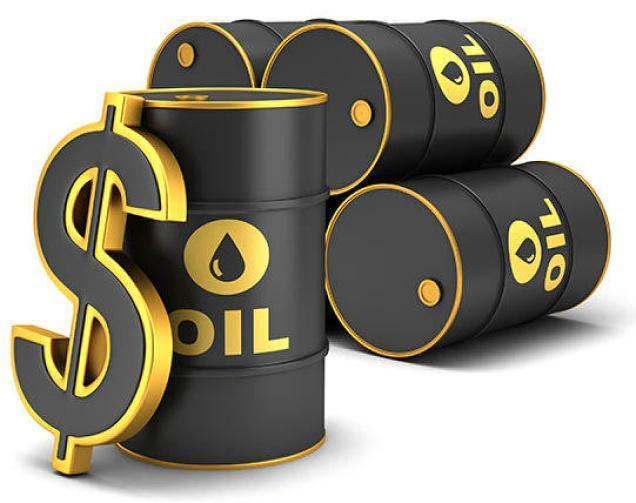NCIF counters IMF forecasts
 |
Last week Vietnam’s National Centre for Socio-Economic Information and Forecast (NCIF), updated its projection on domestic economic growth, saying that threats warned by the International Monetary Fund (IMF) would not have a severe impact in 2016.
The IMF’s latest Asia and Pacific Outlook report indicated that factors, such as the Chinese economic slowdown, volatile financial conditions, and a sharp reduction in commodity prices, will dominate and pull regional economies back.
In particular, an adverse spill–over effect may emerge in the near future from China’s rebalancing on Asian financial markets, especially in countries with great trade links with China, such as Vietnam.
For instance, regional stock markets which have strong trade links with China have been subjected to a 1.3 per cent change due to shocks from China (movements over 5 per cent) since June 2015, while the figure was only 0.3 per cent and 0.6 per cent change (before and after the global financial crisis) respectively.
However, Vietnam’s National Centre for Socio-Economic Information and Forecast (NCIF) stated that the detrimental impact would be at a marginal level.
“Based on our calculations, an 0.1 percentage point decline in China’s growth rate is expected to lead to a mere 0.02 percentage point decrease in the Vietnamese economy’s growth, which is not worrisome,” said Dr. Luong Van Khoi, Director of the World Economy Department at NCIF.
The headwinds would be caused by the fall in China’s consumption demand, putting pressure on Vietnam’s exports to China, and the increasing price of goods that Vietnam imports from China.
Likewise, the volatile global financial condition is expected to have little impact on Vietnam.
Assuming that the FED would raise the dollar interest rate by another 0.25 percentage point starting from this year’s third quarter, NCIF estimated that as an overall impact, it will lift the country’s economic growth by a small margin of 0.007 and exports by 0.008 percentage points.
The sharp commodity price decrease is linked to the decline in world oil prices. Vietnam’s economy, compared to the average level of the base scenario at $36.7 per barrel, will lose 0.11 percentage points if the global average oil price between Quarter 2 of 2016 and 2017 falls to the average level of quarter 1, 2016, to $32.7 per barrel.
Currently, the price level is fluctuating between $43 and $47 per barrel. As of May 26, crude oil prices have firmed up at around $50 per barrel.
However, internal factors, such as state buffers balancing and inflation curving, are also considered to be a great challenge to the economy.
“The limited reserves, although having improved since last year, coupled with the high rate of public debt, will eliminate space for fiscal and monetary policies in Vietnam,” stated Jonathan Dunn, IMF Resident President Representative, Vietnam and Lao PDR.
Also, NCIF admitted that the severe impacts of extreme weather phenomena, like droughts in the central highlands, and the mass dying of fish in the central coast areas are great hurdles to growth.
NCIF forecasted this year’s growth rate at 6.39 per cent, far below the National Assembly’s approved target of 6.7 per cent. Nevertheless, the target would still be achievable if the average oil price reached $40.3 per barrel in 2016.
The Asia and Pacific region, where Vietnam is located, is forecasted by IMF to remain the engine of global growth this year. As the most dynamic region in the world, it will continue to deliver two-thirds of the total global growth.
However, growth in the Asia-Pacific economies is expected to slightly decelerate to around 5.25 per cent during 2016–2017, partly due to the sluggish global recovery.
What the stars mean:
★ Poor ★ ★ Promising ★★★ Good ★★★★ Very good ★★★★★ Exceptional
Latest News
More News
- EVN launches major power infrastructure projects nationwide (December 19, 2025 | 18:17)
- VAL inaugurates second production line to meet domestic animal feed demand (December 19, 2025 | 16:37)
- Sun Group pioneers urban tram system in Phu Quoc (December 19, 2025 | 15:00)
- Top 10 notable events of Vietnam’s industry and trade sector in 2025 (December 19, 2025 | 14:00)
- Seven major projects launched to drive Hanoi’s next growth phase (December 19, 2025 | 14:00)
- Rare, beautiful, sustainable: the mark of iconic real estate (December 19, 2025 | 08:00)
- Mondelez Kinh Do - a chapter of purpose-led leadership in Vietnam (December 18, 2025 | 09:44)
- VNPAY services receive the highest-level PCI DSS international security certificates for six consecutive years (December 17, 2025 | 23:47)
- F&N deepens investment in Vinamilk (December 17, 2025 | 09:00)
- Long-term capital seen as key hurdle to green growth (December 16, 2025 | 08:00)


















 Mobile Version
Mobile Version